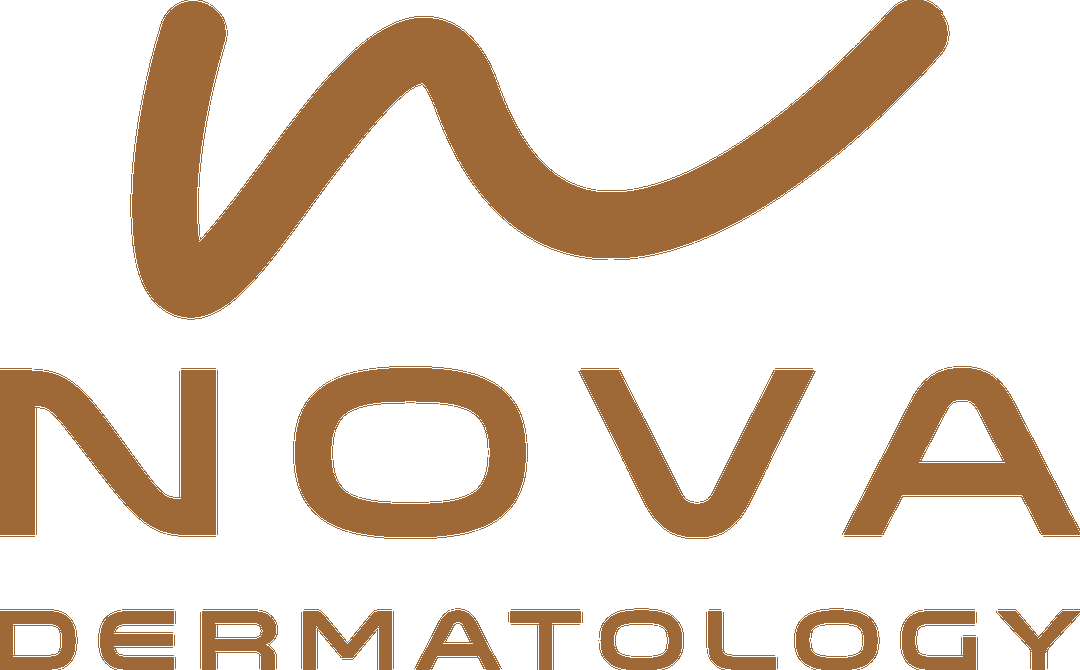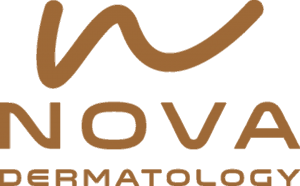Scars and Keloids
Scars are formed by fibrous tissue that occurs after injury to the skin. They are a natural part of the healing process, however sometimes the body creates too much fibrous tissue and an overgrown scar known as a keloid can result. Contraction of a wound can also occur creating indentations and depressed scars.
Scar Treatment
In order to treat scars, it is important that we perform a careful and thorough examination of the scar tissue, reason for scar, and overall health of the individual and their predisposing factors for scar formation. This allows us to understand what type of scar has developed and what method of treatment will work best.
Some of the most common treatment options include:
- Topical treatments – Silicone sheets and several commercial skin care products may be somewhat effective in helping to heal scars.
- Steroid injections – These injections may be able to help flatten or decrease the size of an inflamed, raised keloid or hypertrophic scar.
- Dermabrasion – This treatment involves the removal of the surface of the skin with special equipment. Dermabrasion is useful to blend in the irregularities of a scar whether it is raised or depressed.
- Filler injections – These treatments can be used to raise sunken scars to the level of surrounding skin.
- Subcision – Depressed scars can be improved by using a needle to break up fibrous bands tethering depressed scars.
- Microneedling – This procedure works by creating a series of small systematically placed puncture holes into the superficial skin at differing depths to stimulate collagen production to replace scar tissue.
- Chemical Peels – Peels help to resurface the skin and remove outer layers of skin to allow new skin to regenerate.
- Laser – There are many types of lasers that use differing mechanisms to generate collagen formation and blend scars with surrounding skin.
For more information on scar treatment be sure to contact Nova Dermatology today.


